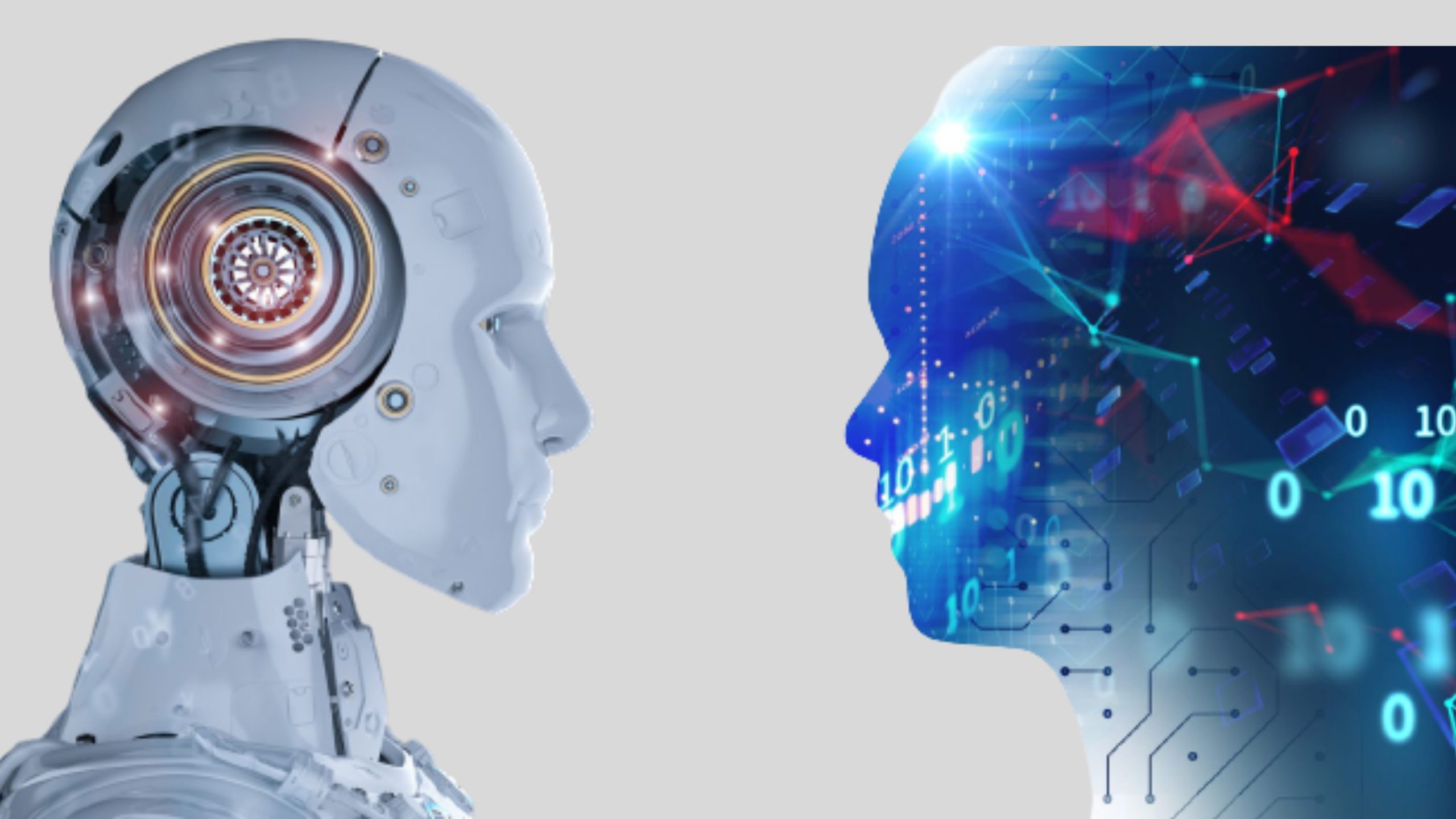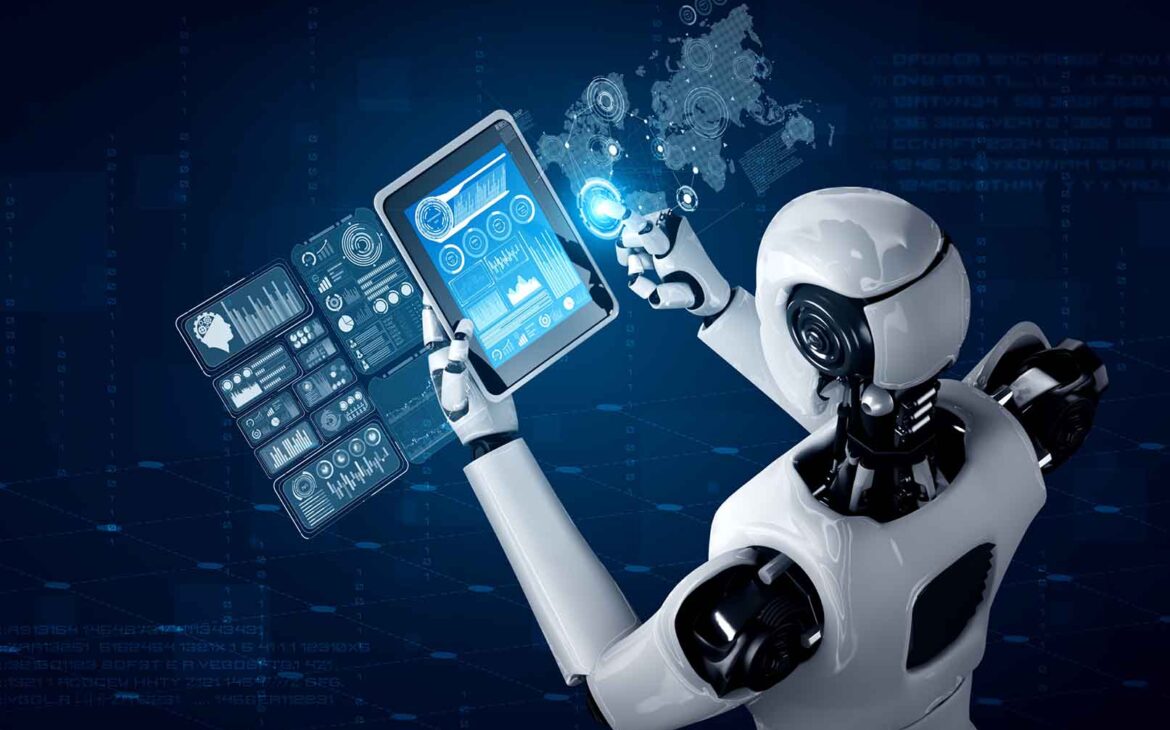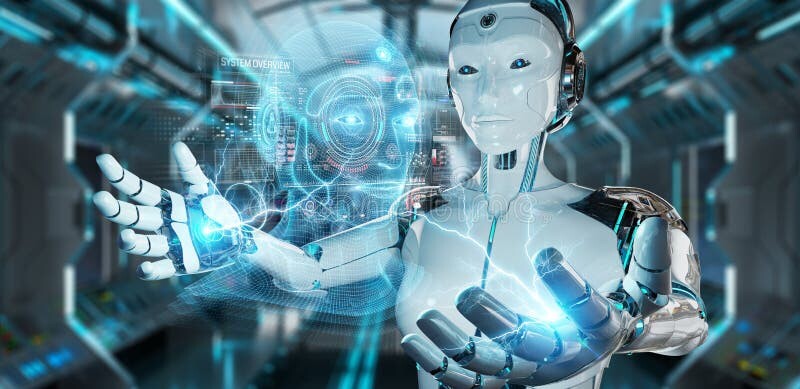Artificial Intelligence (AI) and robotics are rapidly shaping the future across industries, transforming the way people live, work, and interact. Understanding the direction of these technologies helps organizations and individuals prepare for the advancements that lie ahead.
What is the Future of AI and Robotics?
The future of AI and robotics focuses on developing machines that can perform complex tasks with greater autonomy, precision, and intelligence. These advancements are not just about automation but also about creating systems that can learn, adapt, and collaborate with humans more effectively.
How AI and Robotics Will Evolve
AI will continue to advance in areas like machine learning, natural language processing, computer vision, and decision-making. Robotics will become more agile, responsive, and capable of handling tasks in unstructured environments. Together, they will power intelligent machines that can perform everything from simple repetitive work to highly complex operations.
Key Trends Driving the Future
Collaborative Robots (Cobots): These robots are designed to work safely alongside humans, enhancing productivity without replacing human roles.
Autonomous Vehicles: AI-driven robots, including drones and self-driving cars, will revolutionize transportation and logistics.
Healthcare Robotics: Robotic systems powered by AI will play an increasing role in surgery, rehabilitation, and patient care.
Smart Manufacturing: AI and robotics will enable factories to become more efficient, adaptive, and capable of producing customized products at scale.
Service Robots: AI-powered robots will provide assistance in homes, retail spaces, and public areas, making daily tasks easier and more efficient.
Benefits of AI and Robotics
AI and robotics promise increased efficiency, precision, and safety. They can perform dangerous tasks, reduce operational costs, and offer faster, more reliable services. These technologies can also address labor shortages and improve quality of life by handling routine or physically demanding jobs.
Challenges to Consider
While the future is promising, challenges such as ethical concerns, job displacement, data privacy, and the need for human oversight remain critical. Ensuring that AI and robotics are developed responsibly and inclusively is essential to maximize their benefits.
Conclusion
The future of AI and robotics is filled with exciting possibilities. As these technologies advance, their successful integration will depend on balancing innovation with ethics, human collaboration, and regulatory frameworks. Embracing these changes thoughtfully will unlock new opportunities and help shape a more intelligent and efficient world.







Leave feedback about this